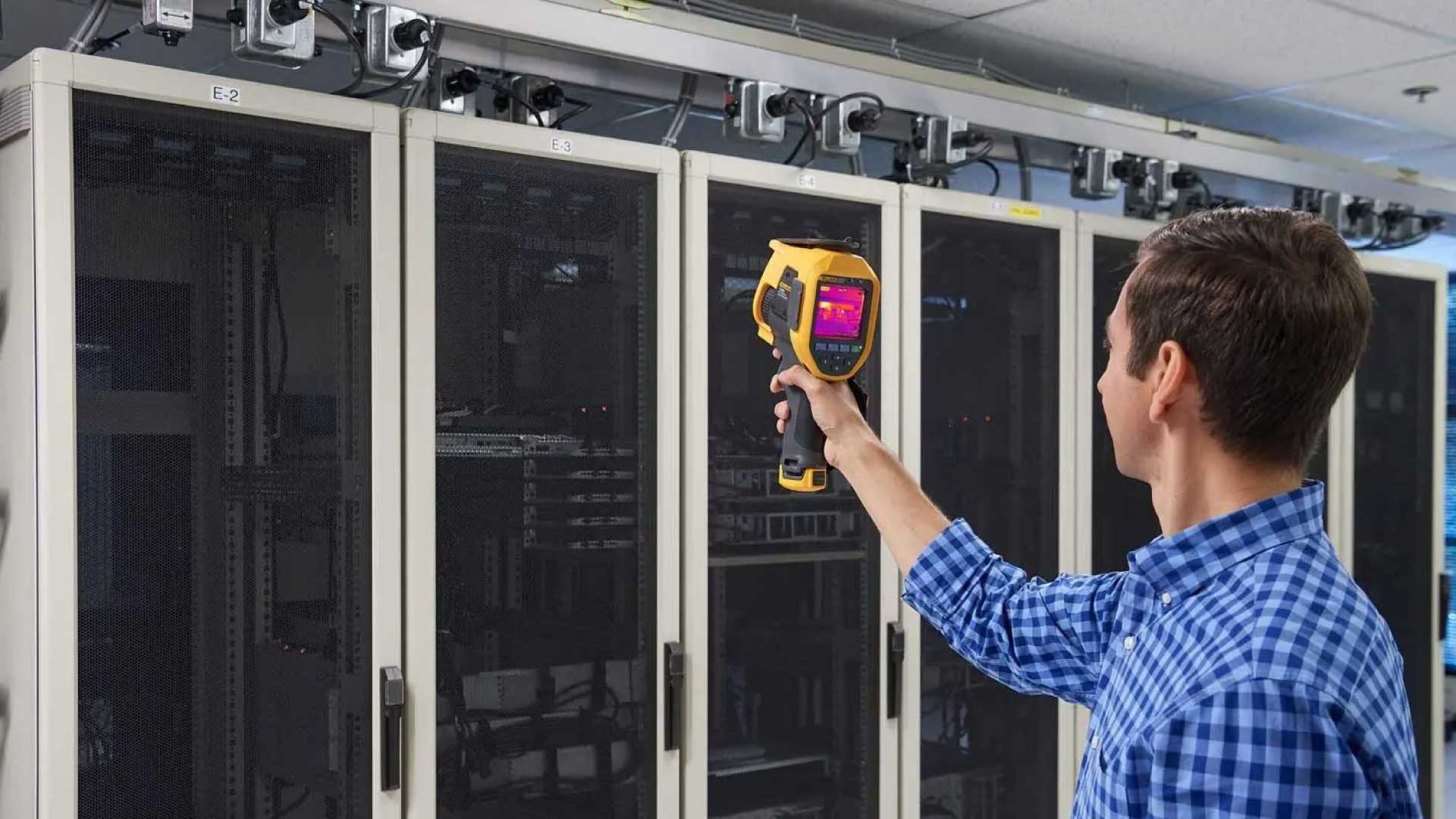- We
- Renewable Energy
- Calibration Service
-
Testing & Inspection
- Annual Inspection
- Energy Audit
- Transformer Testing
- Condition Monitoring
- HiPot Testing
- Circuit Breaker Test
- Insulation Testing
- CT/PT Analysis
- Earthing Inspection
- Environmental Inspection
- Flue Gas Analysis
- LV, MV, HV Switchgear Testing
- DEA (Detail Engineering Assessment)
- Correlation of Compressive Strength of Concrete
- Mapping Homogeneity of Concrete Test
- Defects of Concrete Subsurface Test
- Concrete Pile Length Assessment Test
- Mapping of Concrete Plate Thickness
- Pile’s Internal Defects, Voids Assessment Test
- Pile Load Test
- Concrete Column Test
- Pipes Hardness Test
- Heat-Treated Surfaces Inspection
- Rebar location Assessment
- Crack Assessment
- Metal Detection & Analysis
- Drilling Spot Findings
- Concrete Compressive Strength
- Concrete Uniformity Mapping
- Shallow Utility Location Assessment
- Pipeline Inspection & Assessment
- Excavation Safety Assessment
- Utility Locating & Mapping
- Penetration Test
- Welding Inspection of Pressure Vessel
- Defects Analysis in Welding
- Adhesive Strength Test
- Pull Off Testing
- Skid Resistance Test of Construction Floors
- Concrete Resistance Measurement
- Building Information Modeling (BIM)
- Augmented Reality (AR) Assessment
- Virtual Reality (VR) Assessment
- Digital Twin Creation
- Partial Discharge Analysis
- Power Quality Analysis
- Photovoltaic Test
- Relay Testing
- SF6 Leak Detection
- Surge Protection Device
- Shaft Alignment Diagnosing
- Substation Testing & Commissioning
- Thermography Analysis
- Ultrasonic Flow Analysis
- Ultrasound Leak Detection
- Conveyer Belt Inspection
- Videoscope Inspection
- Rent Products
Thermal Imager
- Home
- Thermal Imager

Thermal Imager Calibration in Bangladesh
Thermal imagers are essential tools in industries ranging from electrical inspections to building diagnostics. However, the accuracy of these devices is crucial to ensure reliable results. That’s why thermal imager calibration is indispensable for businesses and professionals in Bangladesh.
At Pico Labs Ltd., we specialize in providing precise calibration services for thermal imagers, helping companies maintain equipment accuracy and comply with industry standards.
Why Thermal Imager Calibration is Important
Thermal imagers detect infrared radiation and convert it into temperature readings. Over time, factors like sensor drift, environmental conditions, and usage can lead to inaccurate measurements. Calibration ensures:
-
Accuracy: Correct temperature readings for reliable inspections.
-
Safety: Prevents faulty readings that could compromise safety in electrical or mechanical systems.
-
Compliance: Meets national and international standards for quality control.
-
Extended Equipment Life: Regular calibration reduces wear caused by inaccurate operation.
Thermal Imager Calibration Process
At Pico Labs Ltd., our thermal imager calibration process is precise and systematic:
-
Initial Inspection: We check the device for physical damage and sensor condition.
-
Standard Reference Testing: Devices are tested against certified temperature references to detect deviations.
-
Adjustment & Fine-Tuning: Sensor outputs are adjusted to align with accurate temperature readings.
-
Certification: After calibration, a detailed certificate is issued, verifying the device’s performance.
Our team uses advanced calibration instruments and follows international standards, ensuring every thermal imager provides reliable data.
Why Choose Pico Labs Ltd. for Calibration in Bangladesh
As a trusted leader in calibration services, Pico Labs Ltd. offers:
-
State-of-the-art laboratory facilities for precise calibration.
-
Experienced engineers and technicians with expertise in thermal imaging.
-
Quick turnaround times without compromising quality.
-
Affordable and transparent pricing tailored for industrial and commercial clients.
Our commitment is to ensure that every thermal imager in Bangladesh operates at peak accuracy, empowering professionals to make confident decisions based on reliable data.
Pico Labs Ltd.—Bangladesh’s premier thermal imager calibration service, ensuring precision, safety, and compliance for your business.
